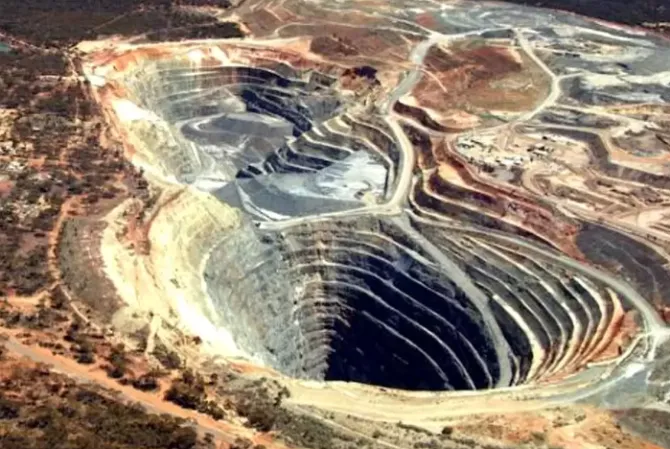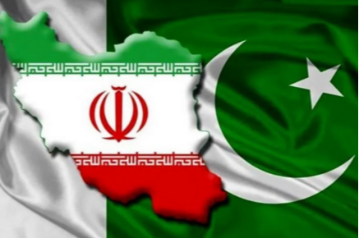
In February 2023, the Geological Survey of India (GSI) established lithium-inferred resources of 5.9 million tonnes in the Salal-Haimana area of the Reasi district in Jammu and Kashmir (J&K). This discovery makes India the seventh-largest source of lithium globally. In March, the GSI proposed plans for further exploration to identify lithium reserves in J&K. On 2 August 2023, the Parliament passed the Mines and Minerals (Development and Regulation) Amendment Bill, 2023, to attract private sector investment in exploring deep-seated and critical minerals. Following this, in September, media reports noted that J&K would auction its lithium reserves over the next few weeks.
This series of rapid action indicates the government’s intention to capitalise on the immense strategic value of lithium reserves. Lithium is a crucial component of lithium-ion batteries. These batteries have a higher power density, longer life, and charge faster in a lighter package than traditional batteries. They play a central role in the modern economy, powering a wide range of technologies, including consumer electronics, medical devices, and electric vehicles (EVs). Amid increasing climate change concerns, their applications in green technologies have made them an invaluable resource in the global economy.
Amid increasing climate change concerns, their applications in green technologies have made them an invaluable resource in the global economy.
India’s target of net-zero emissions by 2070 requires a huge shift to clean energy. India also aims to switch 70 percent of all commercial vehicles, 30 percent of private cars, 40 percent of buses, 80 percent of two-wheelers and all three-wheelers sales to EVs by 2030. These ambitious sustainability goals make it vital to ensure a steady and reliable lithium supply to the country. However, access to this resource is restricted.
Global supply chain considerations
The “lithium triangle” of Argentina, Chile, and Bolivia accounts for roughly 56 percent of the world’s lithium resources. China has 8 percent of the world’s lithium reserves and also controls mines and operations outside its territory, including in the lithium triangle. Moreover, China has over half of the world’s lithium refining capacity, giving it a stranglehold on the global supply chain. As evidenced in 2010, when China blocked the supply of Rare Earth Elements (REE) to Japan in retaliation for arresting Chinese fishermen, China has not been afraid to use its dominant market position to punish opponents of its national interests. This makes the already precarious supply chain even more uncertain and cautions India to address its dependence.
India currently imports all major components that go into lithium-ion cell manufacturing. A sharp uptick in demand led to the country spending US$ 20.64 million on lithium-based imports in the first eight months of FY 2022-23. The Reasi discovery has fuelled hopes for sustainability and autonomy in light of these ongoing trends.
Challenges to development
However, the mere discovery of lithium resources is not enough. The sector faces several challenges.
Environmental
The production process and the many negative externalities of lithium extraction present a paradox in clean energy. Lithium mining is resource-intensive, and the mineral waste produced can further pollute water and soil, affecting local inhabitants, agriculture, and biodiversity. The Reasi district has rural settlements, vegetation and the Chenab River near its hills that are all at risk. Additionally, J&K is ecologically sensitive and falls under seismic zone V—a classification for the most seismically active regions. These factors make any industrial intervention in the area a complex and delicate undertaking.
Technical
In May 2021, the Indian government approved a Production Linked Incentive scheme worth US$ 2,176 million to manufacture Advance Chemistry Cells in the country. However, to effectively reduce import dependence, India must develop domestic battery-grade lithium refining capacity. Further, India must build the required infrastructure and technological expertise from the ground up. Notably, the Reasi reserves are not readily usable, as the hard rock deposits here are distinct from the brine found in South America. This increases the challenges and cost of refining lithium in which India has yet to gain experience. Transforming the ores into battery-grade lithium requires conversion into lithium hydroxide, and then into lithium iron phosphate—a key component in electric batteries. This multi-stage process involves sourcing chemical precursors like cobalt sulphate, nickel sulphate, and manganese sulphate, which have to be done in specialised battery-grade companies which India currently lacks.
Social
The mine might be a much-needed boost to J&K’s economy, where investment has declined amid political uncertainty and frequent internet shutdowns. However, India-Pakistan disputes over the Chenab River, proximity to the Line of Control, and the evolving situation since the abrogation of Article 370 may complicate capitalisation on the reserves. Already, The People’s Anti-Fascist Front, an offshoot of the terrorist organisation Jaish-e-Mohammed, has issued a statement where it vowed not to let India access the resources. Although Pakistan has not officially responded to the discovery, the value of the reserves could exacerbate an already strained bilateral relationship and make the mines more vulnerable to security incidents.
The way forward
India needs a two-pronged approach to developing its lithium capabilities. On one hand, it needs to tackle the technical hurdles, and on the other, it needs to manage the socio-environmental impact of these activities.
On the technical side, India needs to focus on capacity building. Australia is home to a significant hard rock deposit, similar to the reserves in Reasi. Technology transfers from Australia could be the key to unlocking India’s lithium mining potential. As part of the India-Australia Critical Minerals Investment Partnership, the two countries have identified five target projects for mining of lithium and cobalt. This partnership could be taken further to developing processing capacities as both countries try to break away from China.
It generally requires 10 years or more from the time of establishing inferred resources to start actual mineral extraction. In the short term, India still needs a strategy to source critical minerals for its 2030 targets. To do so, India can also develop its lithium-ion battery recycling capabilities parallel to the international engagements underway with Australia, Argentina, and Chile.
It is important that as India builds these competencies, it seeks a balance between economic development and socio-environmental responsibilities. Public and private sector interests must be aligned in investing in climate-sensitive processes. Producing clean energy must not come at the cost of compromising ecological integrity or destroying communities. The Reasi reserves are largely found in inhabited areas, such as the village of Salal. Mining operations will require the relocation of thousands of people. District residents have already experienced negative environmental impacts from large infrastructure projects, such as the Salal hydropower project. This builds on the government’s imperative to ensure the just rehabilitation of the communities that need to be moved and a safe environment for those in the vicinity. There are precedents from its own history as well as international experiences that India must avoid to ensure local support and compliance.
As India paves its path to a greener, more independent future, it must remain committed to achieving its strategic goals without compromising the well-being of its people and the planet.
India stands at a critical juncture in harnessing the potential of its mineral reserves. Control of a domestic source of lithium will improve India’s ability to meet its sustainability commitments and reduce its dependency on imports of oil and components. India must step up to this opportunity while setting a precedent for the responsible harnessing of this valuable resource. As India paves its path to a greener, more independent future, it must remain committed to achieving its strategic goals without compromising the well-being of its people and the planet.
Amoha Basrur is a Research Assistant with the Centre for Security, Strategy, and Technology at the Observer Research Foundation.
Anurag Awasthi is a veteran and presently serves as the Vice President of India Electronics and Semiconductors Association (IESA).
The views expressed above belong to the author(s). ORF research and analyses now available on Telegram! Click here to access our curated content — blogs, longforms and interviews.




 PREV
PREV



